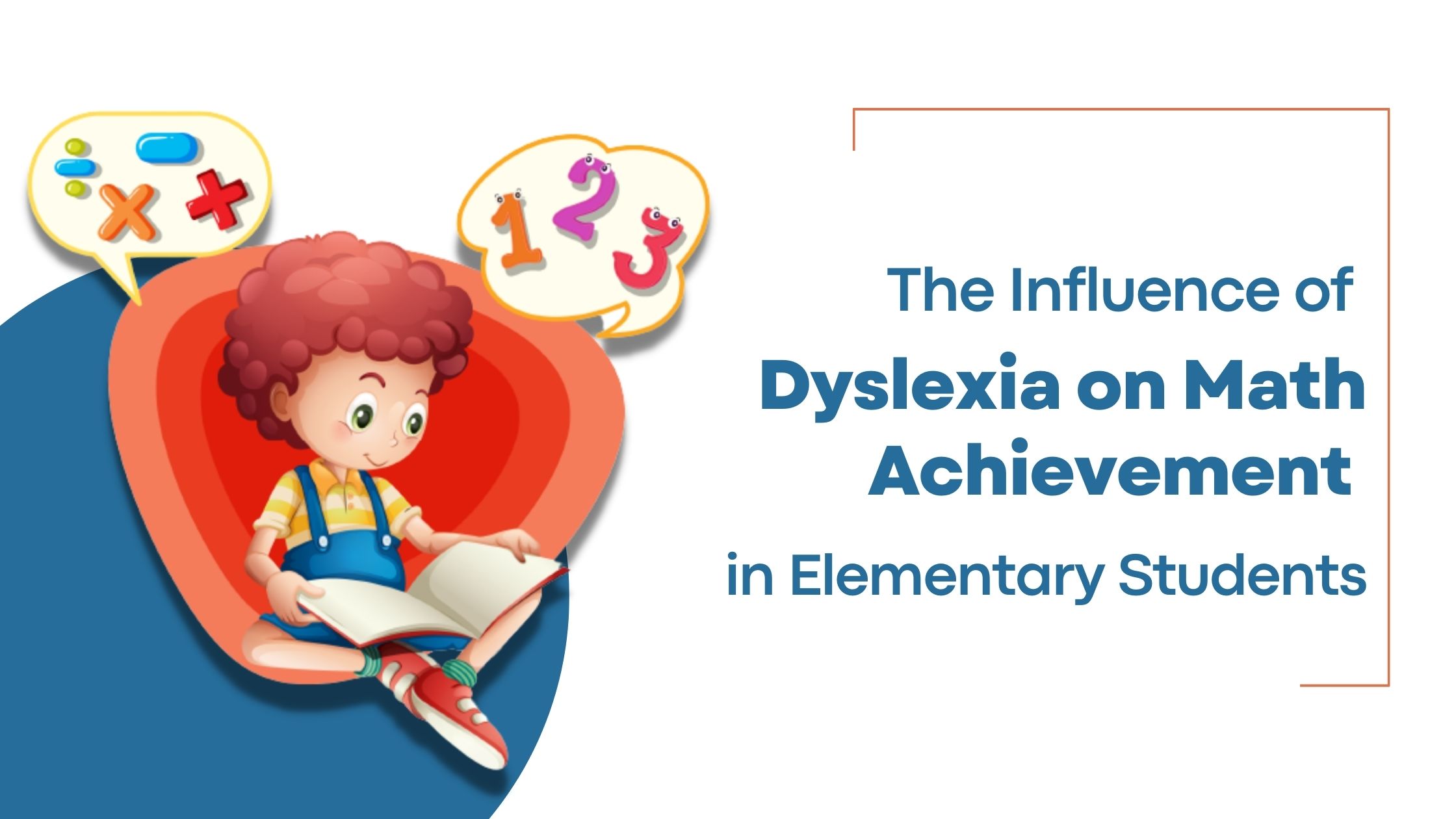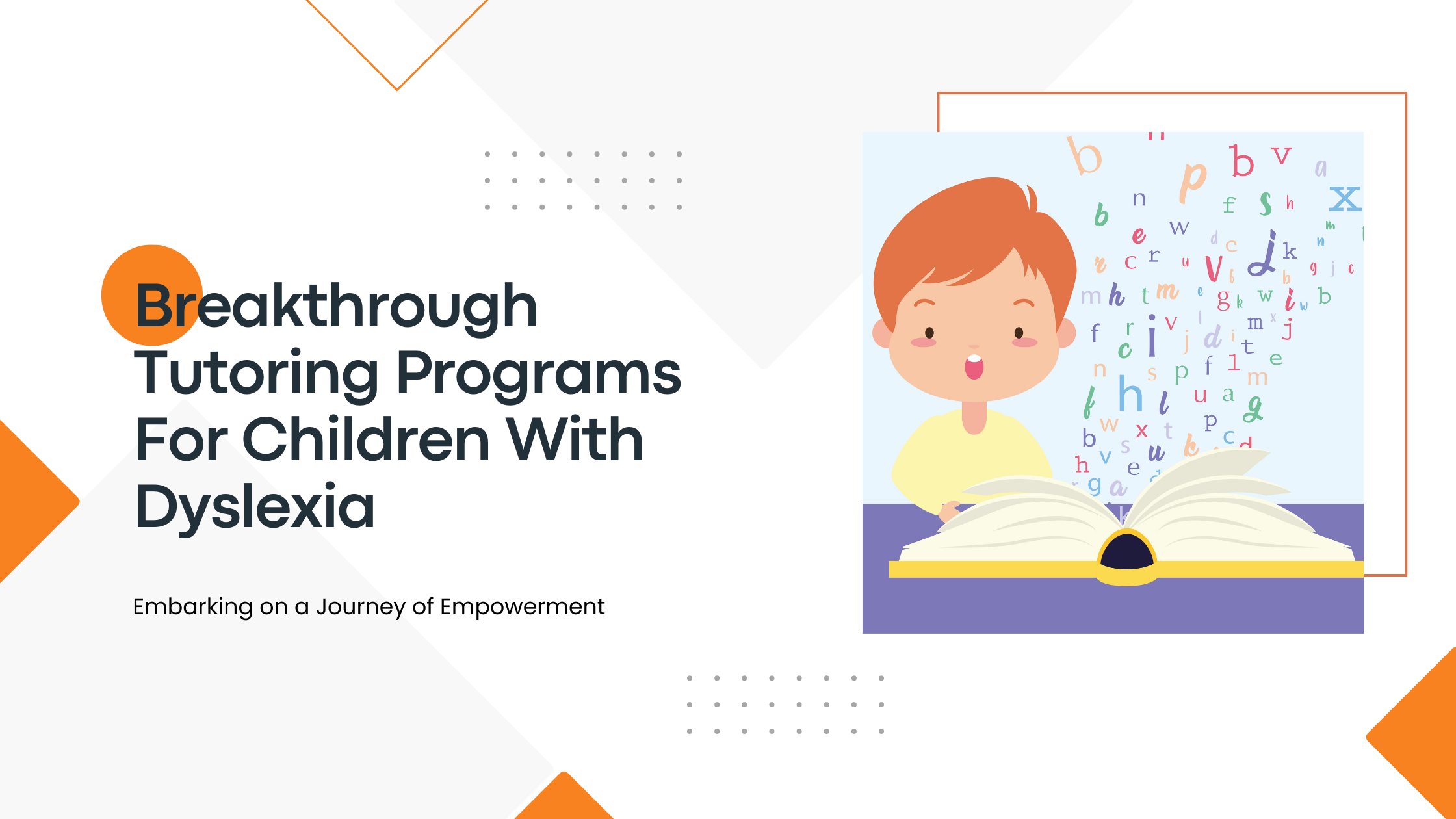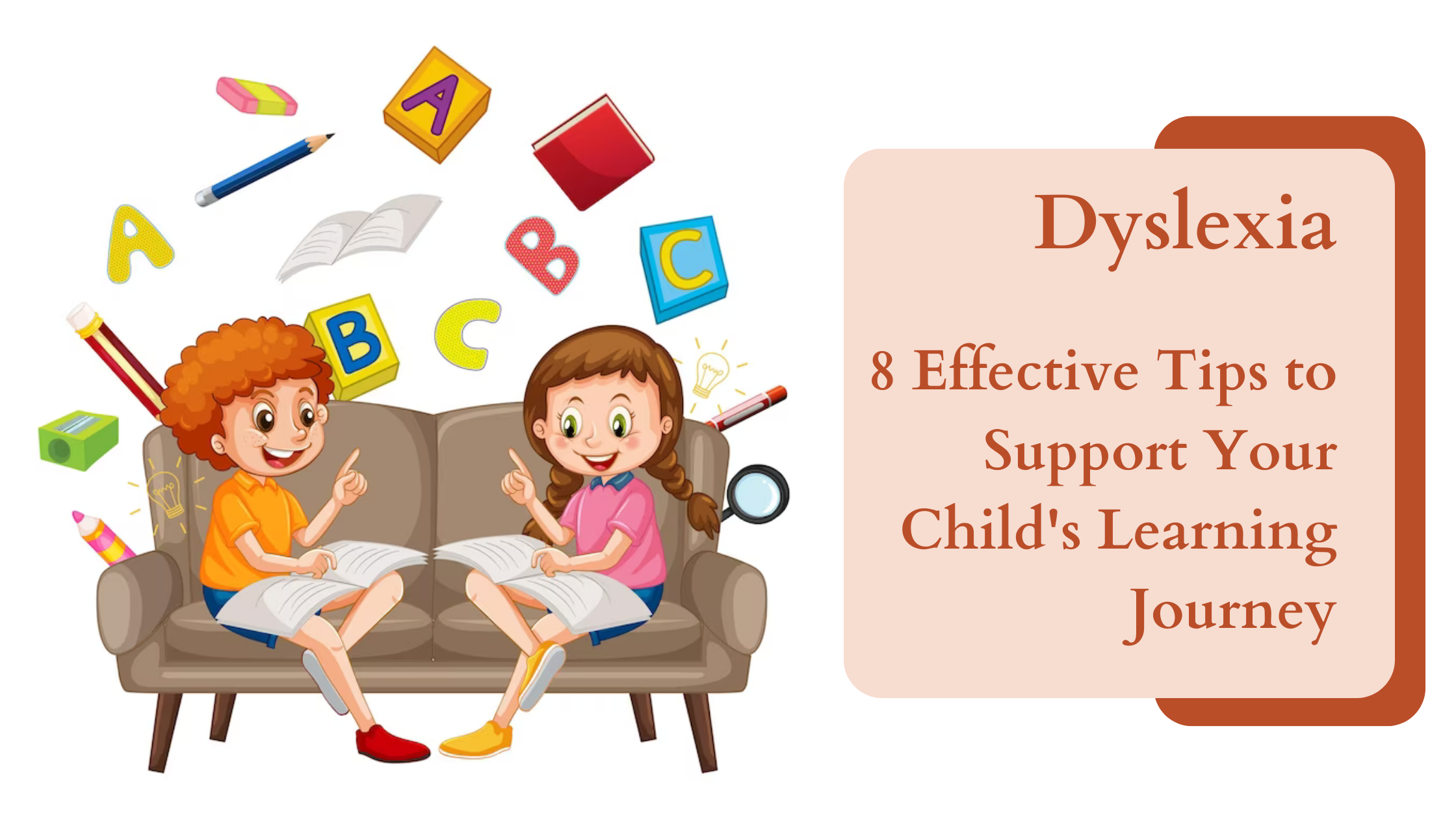Having fluency in reading is among the most essential skills for a child to master in their initial stages of elementary education. When children are infants, parents expose them to reading by pointing out store signs, reading storybooks, and reading out words printed on product packaging like cereal boxes. However, most children take a few years, generally between 5-7 years old, to learn how to read and start reading out loud by themselves.
What Is Reading Fluency?
Reading fluency refers to your child’s ability to accurately read text out loud at the perfect pace—not too fast, not too slow. This pace is usually analyzed in school when children start reading on their own, which typically starts by the end of first grade. With early private tutoring, however, you can begin your child’s journey with reading and improve their reading fluency at an even earlier age. Enabling your child to learn reading fluency early in their life can have significant benefits for their future. From a language and speech perspective, reading fluency can help children gain confidence in their speaking skills, and also help them learn proper pronunciation. Most importantly, developing reading and language skills early on will help your child get more out of every subject in school. At Strategic Learning, we understand the benefits of reading fluency for children. We’ve created this guide to help your child become a fluent reader.
Tips To Help Children Become Fluent Readers
- Teach Your Child How To Track Words
If you’ve ever tried to learn a new language, you know how difficult it is to determine where one word ends and the next one starts when you listen to a conversation. Your child may feel the same when they try to follow along during story time. That’s where “tracking” comes in. You can run your finger under words as you read to your child, or even better, ask them to track each word with their eyes while they’re reading aloud. When your child starts learning to read, it’s crucial for them to point out every word as they go—this helps them learn to distinguish individual words, and also build relationships between the written and spoken language.
- The GoalOf Reading Is Mastery
When your child works to master reading fluency, try having them memorize poems, short books, and passages from larger works. With this method, you can achieve three things: first, when your child memorizes a passage, they’ll start to learn the rhythm and cadence of the written language; second, memorizing will help them become familiar with certain words, meanings, and structures that they will then recognize in future readings; third, memorization helps readers feel a sense of accomplishment. Once your child is finished memorizing a few passages, they will automatically start feeling like a fluent reader.
- Practice Is Essential
Developing reading fluency requires practice. The ultimate goal is for your child to be able to read effortlessly—which takes much initial effort and determination until it can be done with ease. Try having your child practice the same passage out loud until they can read through it fluently—with confidence, clear enunciation, proper pronunciation, and good pacing. Reading the same passage over and over again will give your child the repetition and recognition required to reach fluency. A great tip to begin practicing with your child is to read them a short passage from their favourite book out loud. Then have your child read the same passage several times until it becomes effortless for them. Keep in mind that practice can be extended over a period of time—and most children will appreciate the practice more if it is done a little bit daily instead of long stretches of practice each day.
- Record, Assess, Repeat
To help your child learn, try recording them reading a passage out loud. You can then listen to it together. This will help you both to see strengths and positive improvements as well as areas that need more work. Make sure you’re recording in a relaxed setting and focusing on the positive progress your child is making.
- Concentrate on Sight Words
When you help your child read out loud, you’ll likely notice when they struggle with certain words. This can happen when they are introduced to new words or the words are longer and more complex. To help them connect words in sentences and give them time to work through the more challenging words, focus on helping them master sight words—those familiar words that they can instantly recognize and understand. The more sight words they have in their toolkit, the easier it will be for them to read at a steady, even pace and progress quickly in their readying fluency.
- Read By Example
The more often your child hears fluent reading, the more easily they will pick up the skill for themselves. Begin by reading them a paragraph or page from their favourite book—then ask them to read it again for you. When you practice this method, it gives your child the opportunity to become familiar with the story, comprehend the pacing, and imitate your way of speaking. Read with energetic, dramatic expression and take a pause at the appropriate times, considering commas, periods, and other punctuation to demonstrate to your child the inflection of language.
At Strategic Learning, we offer the best online reading programs for kids. Our tutors help your child develop unmatched reading fluency and prepare them for a lifetime of confident learning. Our reading tutors for kids are immensely skilled, experienced, and patient with students—essential traits to help your child achieve reading fluency. Our online tutoring programs for kids allow parents to be 100% involved in the scheduling, subjects, and curriculum for their children. We also offer online reading programs for kids with dyslexia to assist your child at an early age with building sound-letter awareness. Contact us today to learn more about our Strategic Learning programs.



